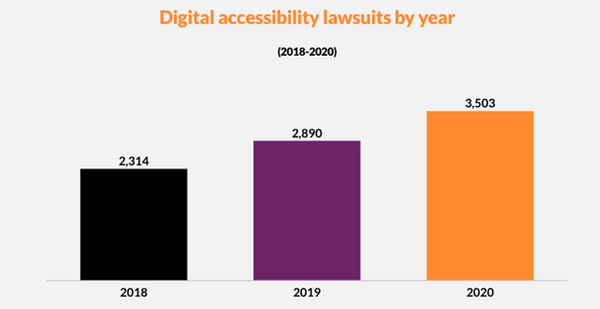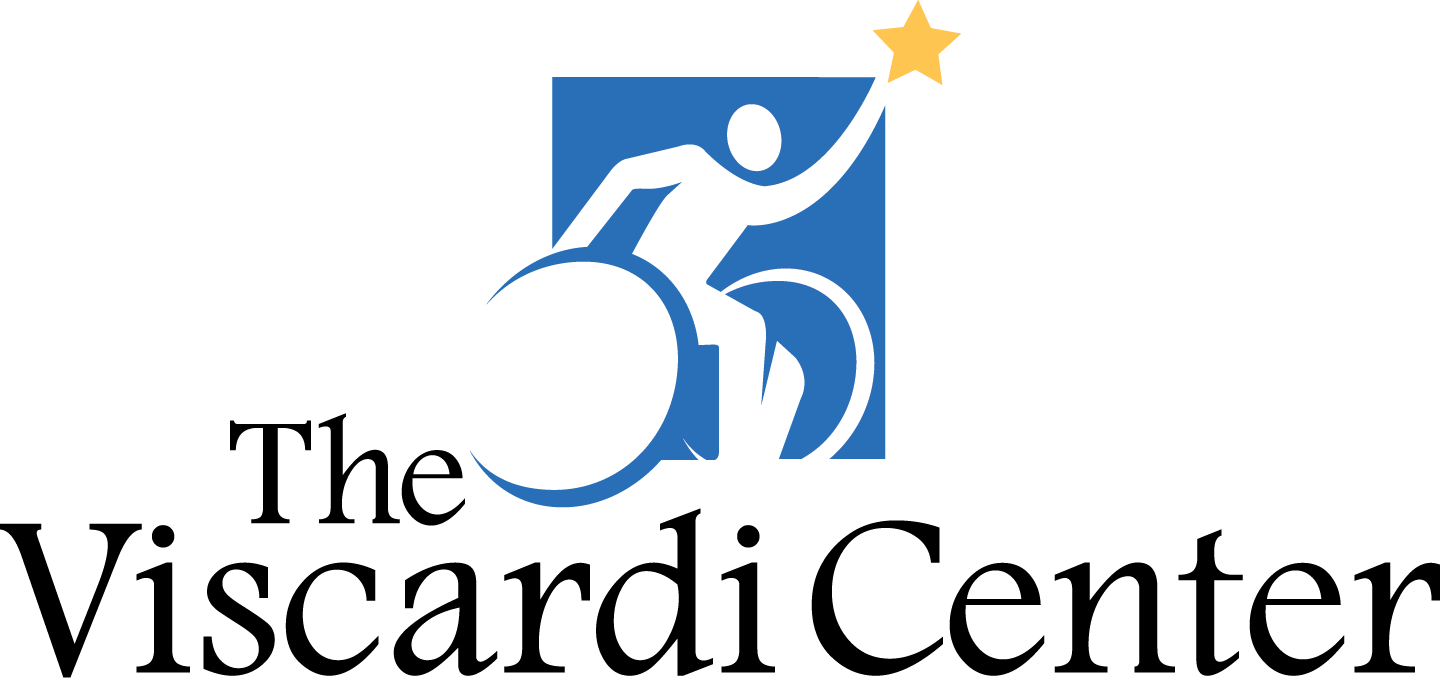By Will Bubenik
For business owners and web agencies alike, a staple part of any product or service that you offer is making sure you are protected properly via insurance. From general liability to cyber, having insurance gives you and your company peace of mind that you will be protected if the worst were to happen. However, for those that have heard of the stark increase in website accessibility lawsuits in the past few years, there has been a growing need for protection against these types of demand letters. There wasn’t a way to address it, until now. A new category has emerged: web accessibility insurance.
Web accessibility insurance is now becoming the next frontier in protection for your company. Just as you insure your premises against fire and theft and protect your online presence from malicious cyber-attacks and data breaches on work computer systems, you need to now be ever more aware of accessibility requirements, both so that you can ensure you are catering to all users, but also to protect your company from potentially very hefty fines.
What is web accessibility and why is it important?
You might think web accessibility doesn’t apply to you or that you already have it covered. But web accessibility applies to every website and, as rising levels of litigation are showing, many are not as compliant as they might think.
In the same way that a physical building needs to install wheelchair ramps and provide braille numbers on elevator buttons to make it accessible for blind and disabled users, your website needs to be similarly accessible to users with disabilities.
For example, people who have vision impairments often use screen reading technology to describe websites; this technology is more effective if the content on your website is displayed logically, if your images have alt text, and if buttons and links are correctly labelled. Web accessibility tools not only benefit users with disabilities, but any user who might need them in a specific moment — e.g., a screen reading tool may be useful when bright light prevents the user from seeing the screen properly.
Essentially, accessibility makes your website better for everyone and improves your SEO in the process, so it’s something you should be striving for irrespective of legal requirements.
In fact, these requirements have been around for a while in the form of guidelines such as the WCAG (Web Content Accessibility Guidelines) and the ADA (Americans with Disabilities Act), but it is only recently that focus has shifted to enforcement, with lawsuits and litigation against non-compliance becoming more and more commonplace. So, if you haven’t got around to addressing this issue yet, what are the risks and how can you protect yourself against them?
What is the risk if a website is not compliant?
If you haven’t heard about accessibility litigation yet, it is only a matter of time. Judging by current trends, most organizations will be sued at some stage for ADA non-compliance. Litigation lawyers have sniffed out an easy win, with many websites unprepared or unaware of what’s necessary and — with the difficulty of achieving and maintaining a fully compliant site — many companies are getting hit with huge fines, many of them repeatedly.

There are several reasons why companies fail with compliance and fall foul of these lawsuits:
- Lack of visibility – Whilst it’s easy to see if a ramp is missing from a building’s entrance, you can’t easily see if even basics like alt text are in place on your website. Litigation lawyers use tools and tricks of the trade to spot well-hidden issues and expose them even when you think you are fully covered.
- Complexity of requirements – Web accessibility is not simple to understand for the average content creator, and even so-called ‘experts’ and consultants can underestimate what is required. In addition, requirements are changing constantly and it’s hard to stay informed.
- Focus on “compliance” not “inclusion” – It can be distracting to base your strategy on checkpoint compliance and quick fixes because these don’t always address all the issues. By applying a genuinely ‘inclusive’ approach instead, you can focus on the material impact these changes will have on some of your users.
Inform, address, then relax!
Remember these three key tenets when addressing your web accessibility and you can’t go wrong:
- Don’t be complacent: Know your current level of compliance now. Ignoring the issue won’t make it go away and having a realistic grasp on the task before you is the first step to overcoming it.
- Address the root cause — training and supplier management — to resolve issues in the long term.
- Accept that things will go wrong and mitigate against that risk.
You can start taking simple steps now. AAAtraq’s InsurTech, in partnership with Nebula Media Group, is one possible solution that helps shield websites from litigation and enables organizations to build out a robust accessibility program.
Need more assistance in making informed decisions about web accessibility? Nebula and The Viscardi Center are committed to offering customized accessibility solutions that improve the online experience for all users.
 |
Will Bubenik Chief Accessibility Officer, curbcutOS |
